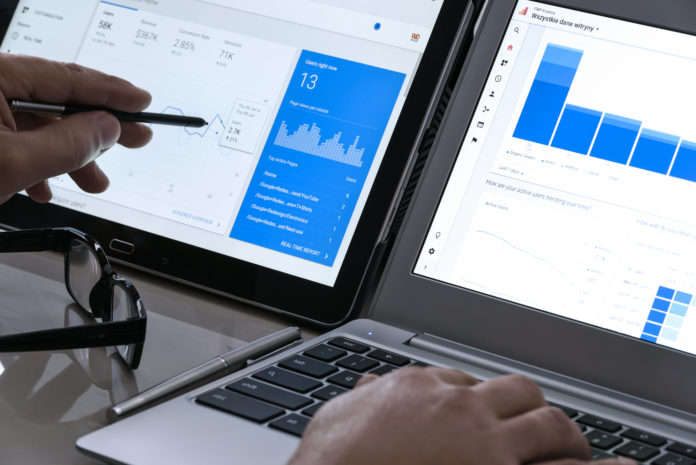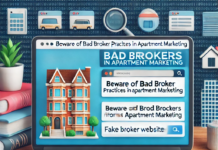Digital advertising accounts for nearly half of all U.S. advertising spending. When businesses want to improve their website traffic, they place online ads that promote their business and allow for click-throughs directly to their websites. Typically, in a programmatic digital advertising scenario, businesses create advertisements and set up criteria for who should see it, such as men, ages 30-40, who enjoy hiking in the Northeast. A series of automated processes place these ads–sometimes many thousands of copies of these ads–on different websites, based on where the algorithms believe the ad will be seen by individuals who meet the target profile. This targeted digital advertising strategy is meant to increase a business’s revenue stream.
Digital advertising is an effective strategy. However, as creative as advertisers’ design and execution can be, fraudsters are just as innovative in their plans to defraud brands through the use of fake advertisement traffic. Fake ad traffic means that a certain percentage of user clicks and website visitors aren’t real users. As a result, a large amount of a company’s advertising spending is wasted.
What is Digital Ad Fraud?
In the online space, companies and advertisers collect data around advertisements, such as who sees these ads and who clicks on them. With fake ad traffic, these advertisements have actually only been “seen” by a bot or a person in a “click farm” who is tapping at dozens of screens–or even by nothing at all.
More specifically, digital advertising fraud is the practice of fraudulently representing traffic, clicks, conversions, impressions, or data events. Ad fraud is a complex phenomenon that affects legitimate businesses across multiple mediums and formats, including banner ads, in-app ads, video ads, affiliate marketing, and search marketing. While there are no exact measurements of the impact of fake ad traffic, it is pervasive. By one estimate, 88% of digital ad clicks are fake.
There are a variety of reasons that fake ad traffic exists. Sometimes, bots are used to share fake news but they need to look “real” by engaging in other posts, such as liking certain advertisements. Or, one of the more successful forms of fake advertisement traffic uses a large network of bots that are engineered through their activities to look both real and genuinely interested in the purchase of one or more large-value items. Then, companies use those bots to drive up the perceived value of a range of websites set up by the bot owners, on which they sell advertising space at a high premium. One bot net, Methbot, used this strategy for several years and revenues from this particular scam were estimated to be in excess of $2 million per day.
Why do companies set up bots to engage with competitors’ digital advertising? One word: Money. Shockingly, digital ad fraud could be a $150 billion business by 2025.
How To Avoid Fake Ad Traffic
You don’t want your bottom line to be impacted by bots’ fake ad traffic; when you spend money on advertising and marketing, you want to be sure that it will result in actual increased revenue. Because digital ad fraud comes in many forms, there is no single tactic that will be enough to sufficiently protect your advertisements and website. The key to prevention is ensuring you have safety checks in place for early detection of suspicious behavior and to proactively partner with a trusted PPC (or paid search) agency.
Other strategies to battle digital ad fraud can include setting up custom alerts and soliciting user feedback. In terms of custom alerts, many types of ad fraud are difficult to detect by observing on-page behavior. In such cases, you’ll want to keep an eye on your traffic and revenue metrics for any sudden changes. Most analytics tools, including Google Analytics, allow admin users to create custom alerts based on metrics like sessions, pageviews, bounce rates, etc. Additionally, by ensuring your site has proper analytics tracking, you can quickly determine if any increase in traffic is a bot attack or real users. It’s also important to solicit user feedback. Certain types of ad fraud, such as ad injections and forced redirects, may be difficult to detect for site owners, but are easily observable by users. Give your users an easy way to provide feedback about the page experience and ad experience on your site.
Finally, industry experts are calling for externally imposed and enforced standards on transparency in advertising and for taxing algorithms that serve ads and content. For digital marketers and business operators, we should expect more oversight that fights against fake ad traffic. As the overall premise and implied success of programmatic ad buying is re-examined in today’s digital space, rules that protect consumers and small business owners are generally well-received.





